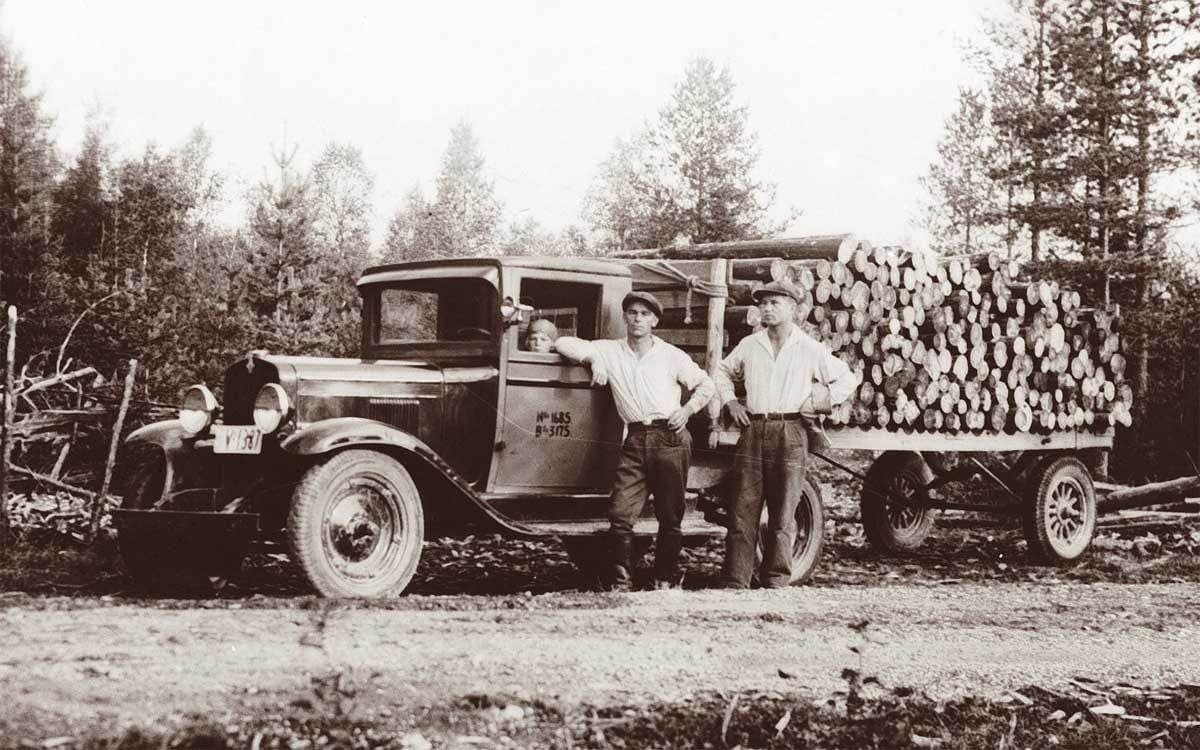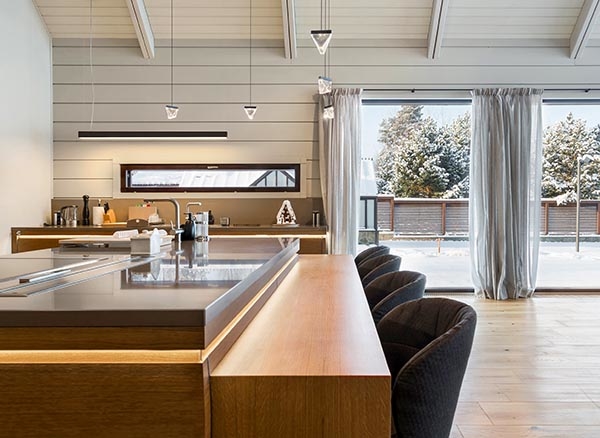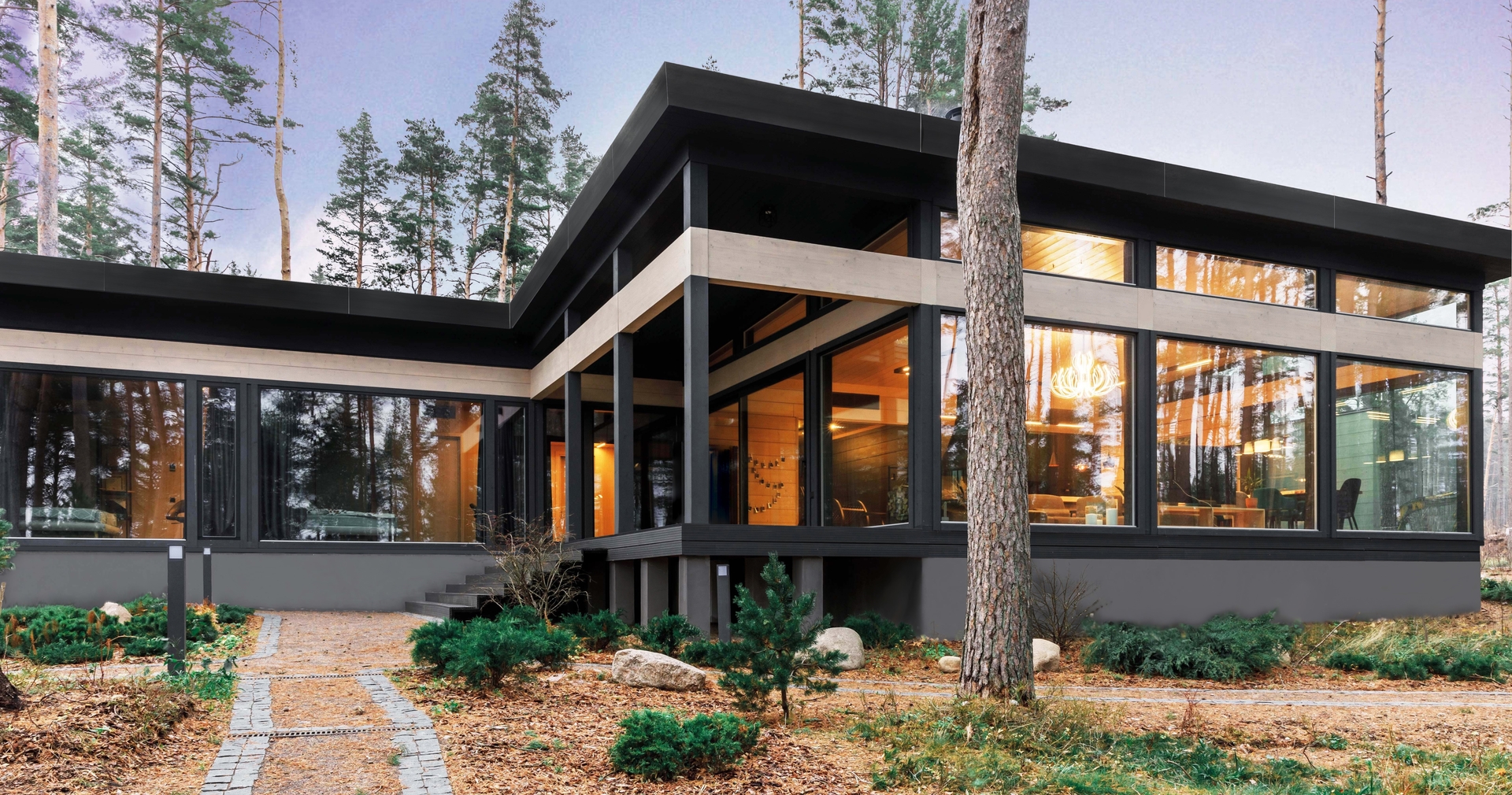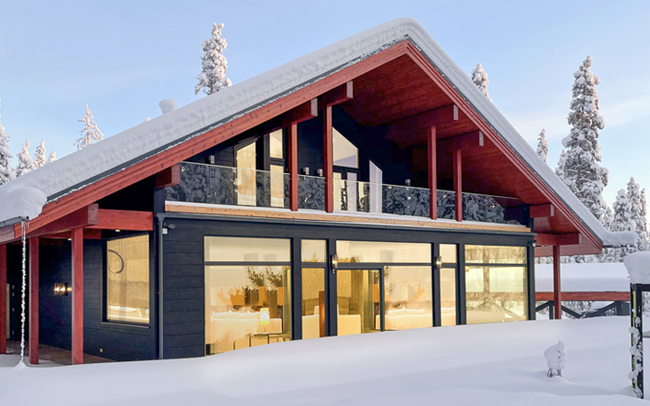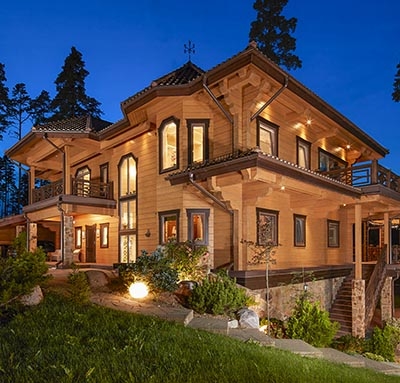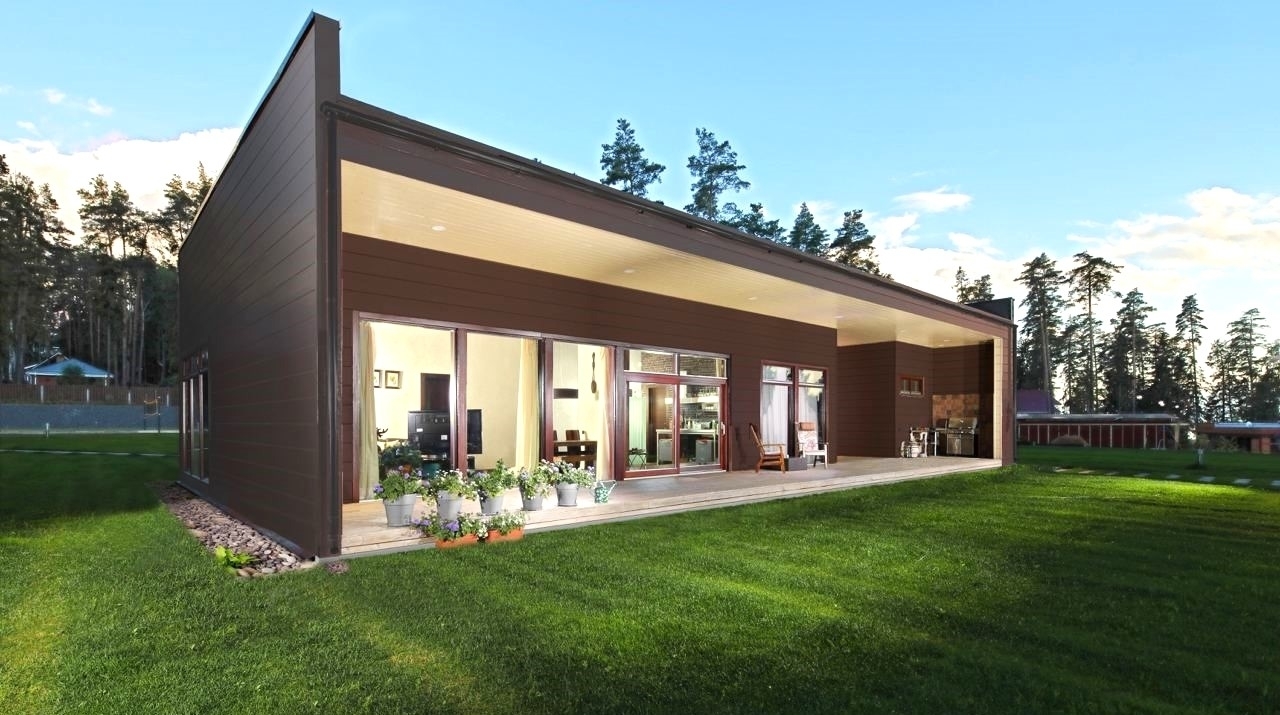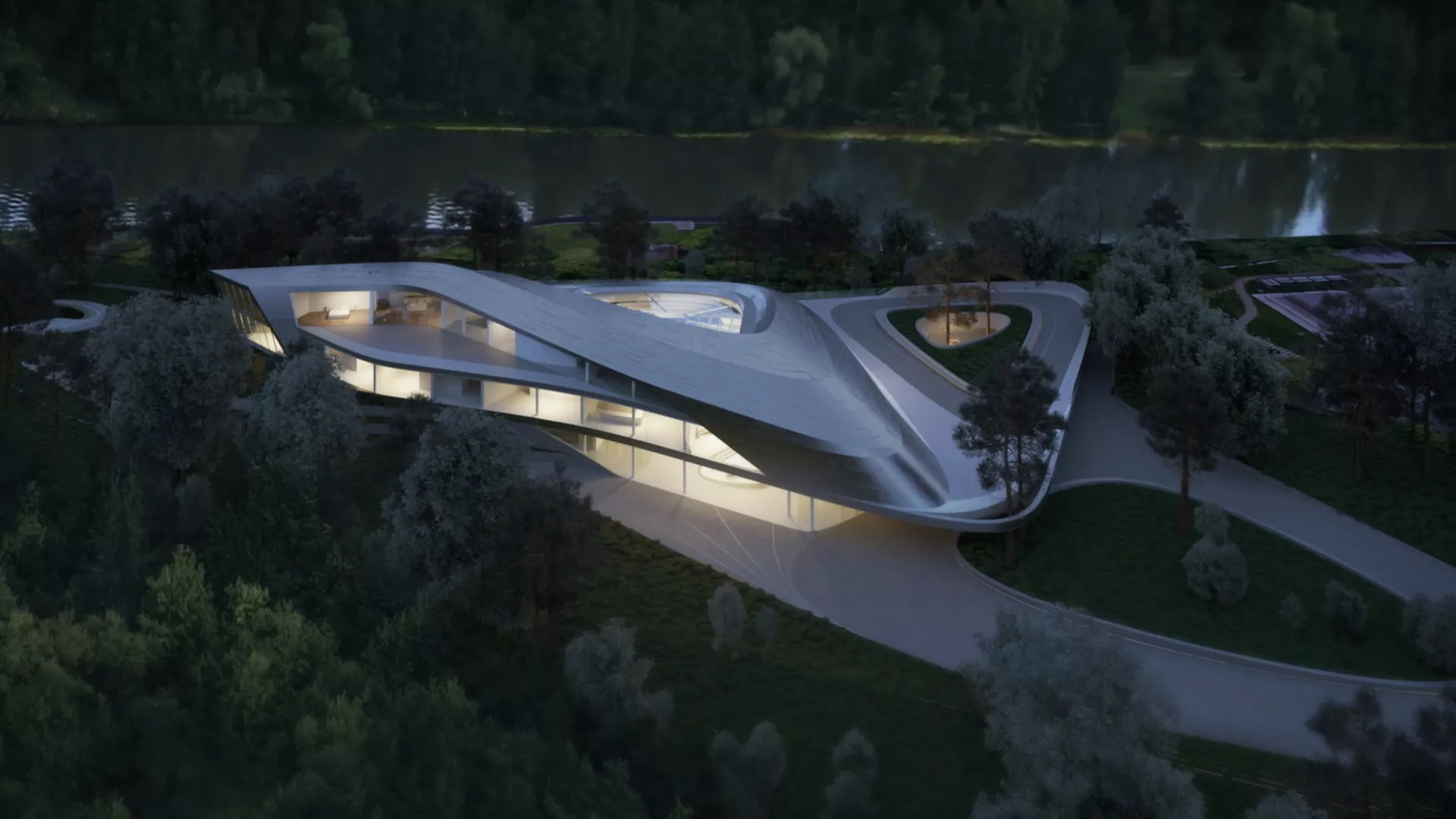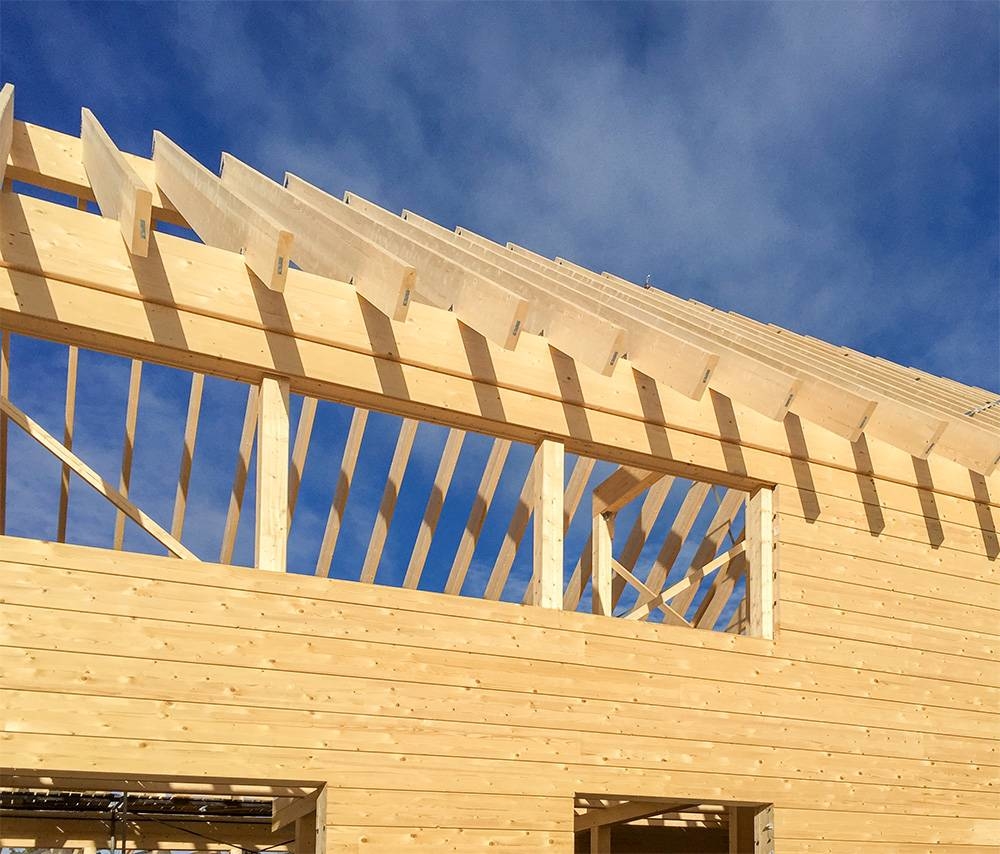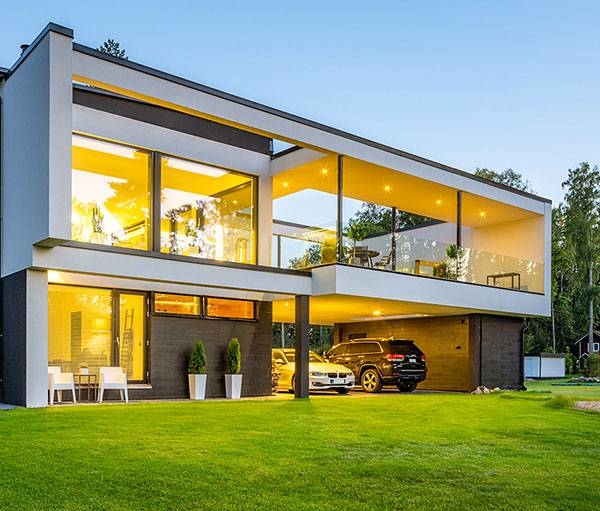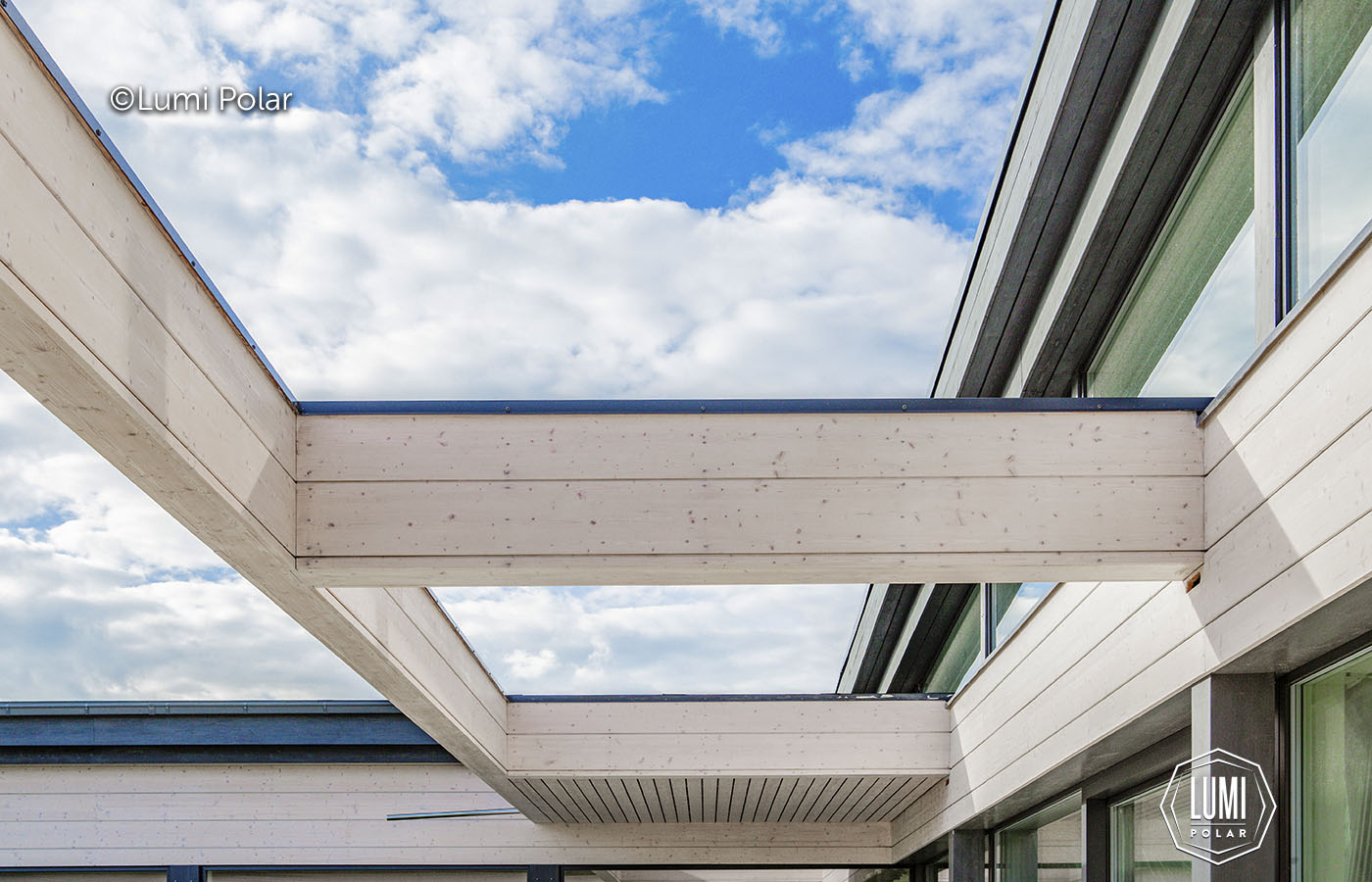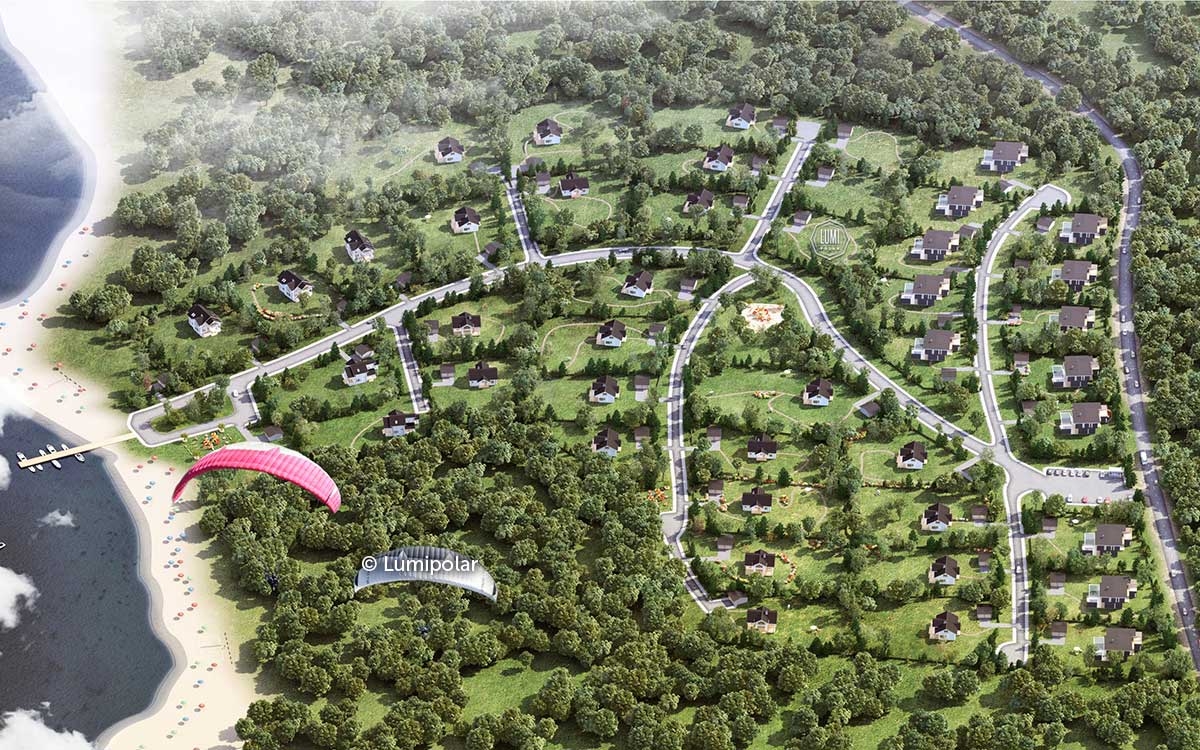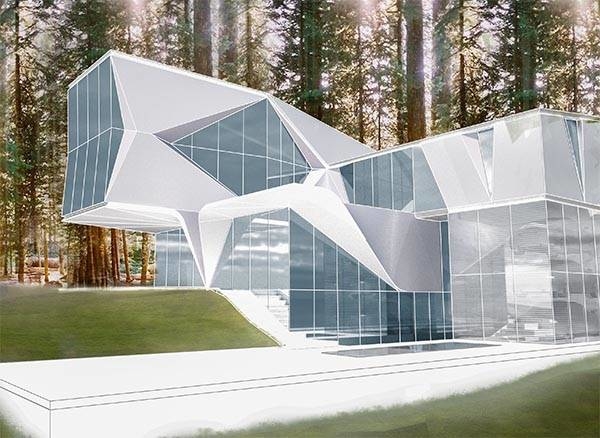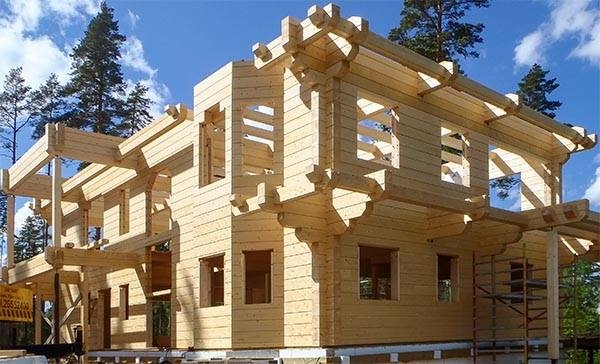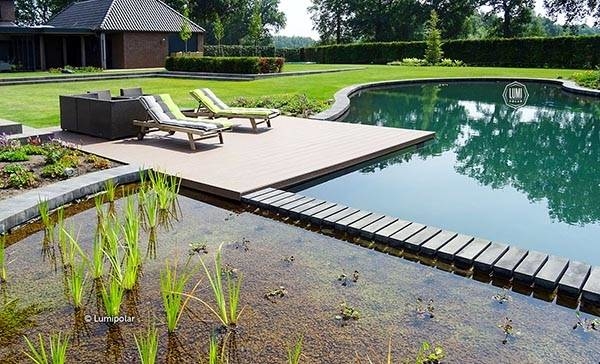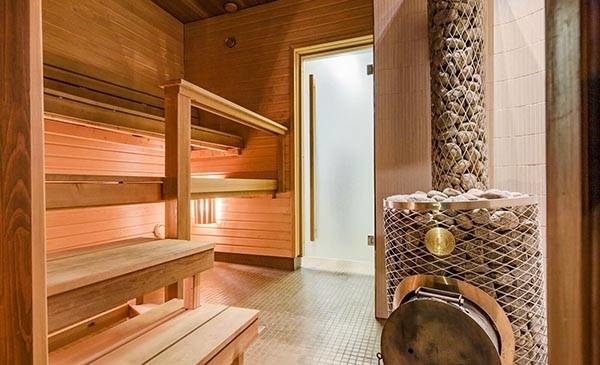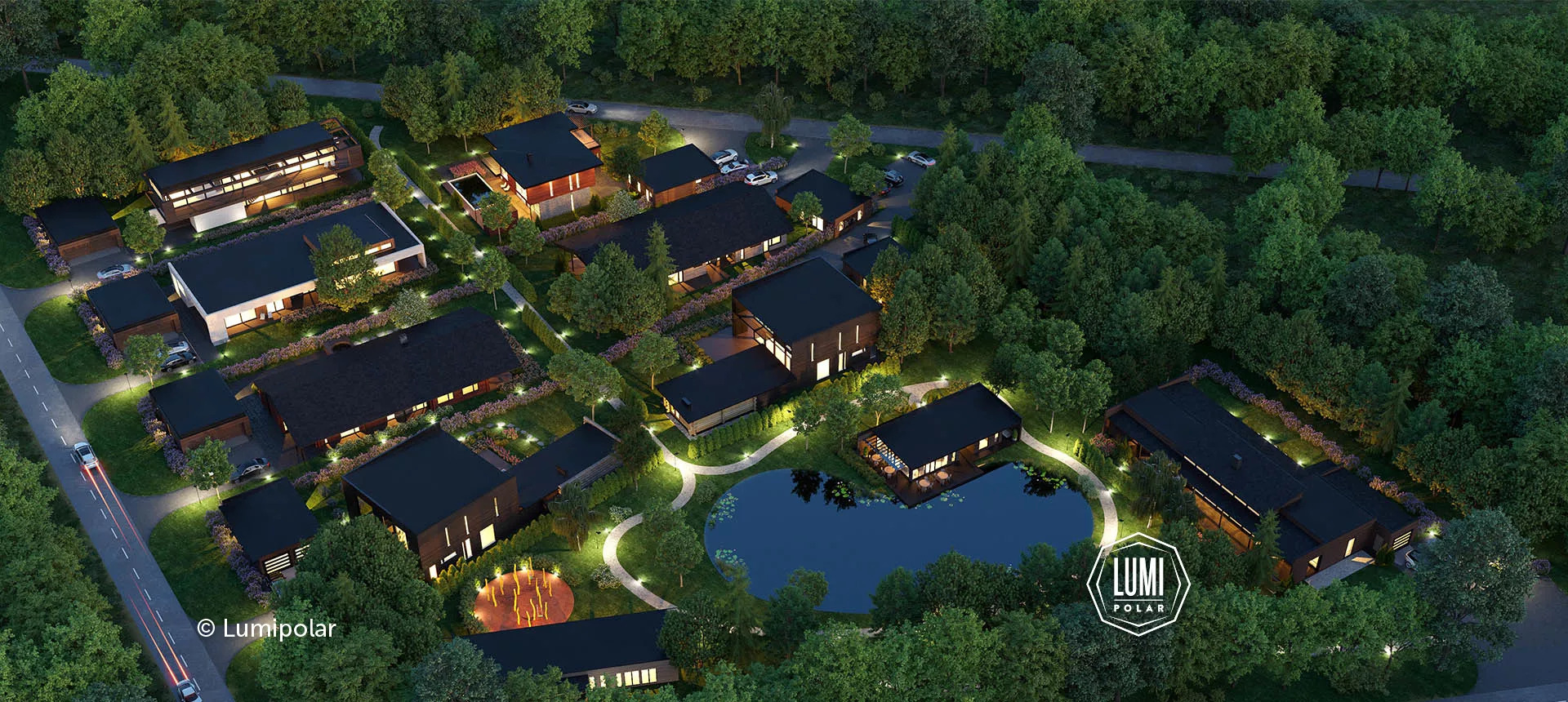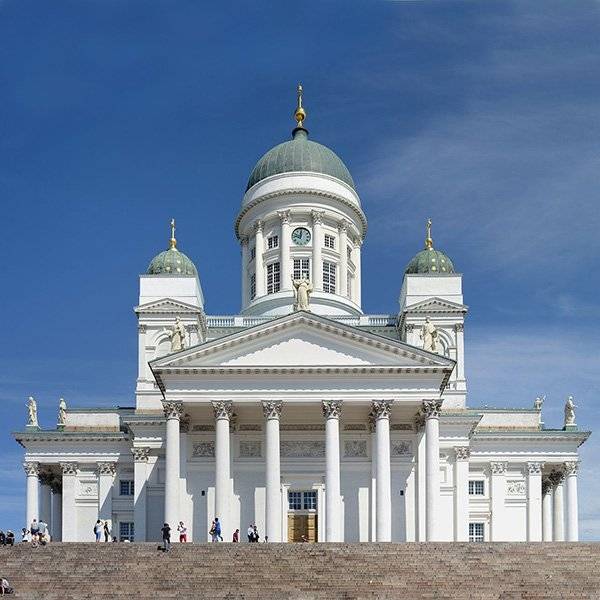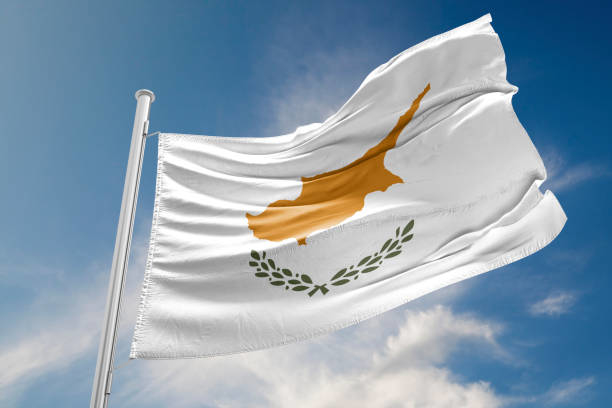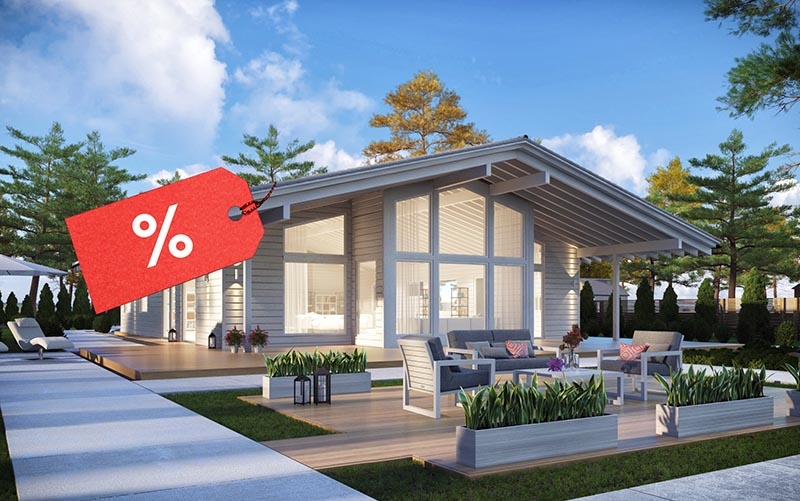What does energy saving house mean
Environmental friendliness and energy saving came to the fore!
Serious attention to energy-saving construction began to be paid only at the turn of 80-90s of the last century and the first alarm was sounded by Western Europe.
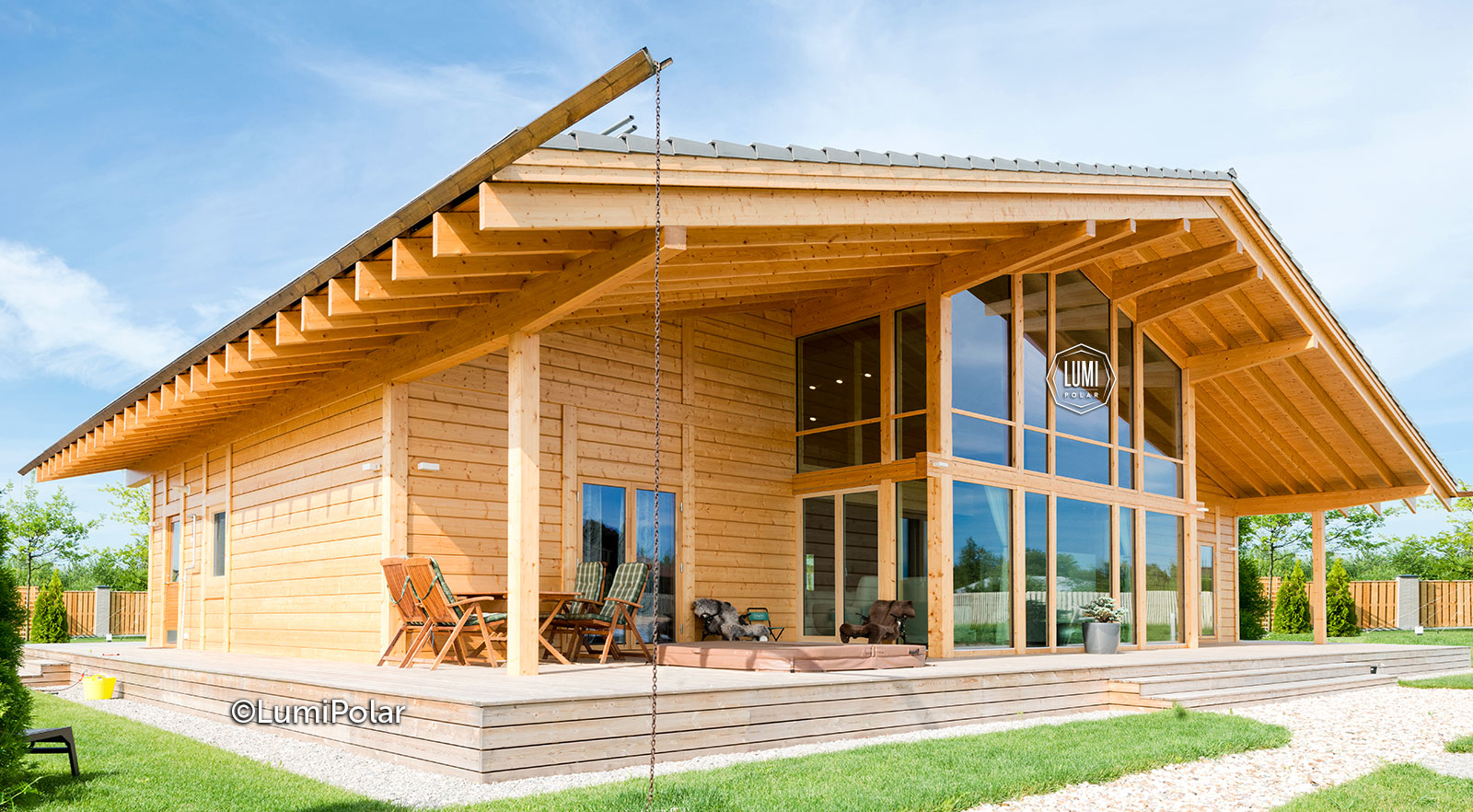
According to European research
- Today during house choosing environmental friendly and energy-saving houses are in the foreground
- Energy in the house is mainly used for electrical appliances, water heating and cooking, but the lion's share is heating - in Europe its 55-60%
- According to calculations, the cost of houses built according to all rules of energy efficiency, more expensive than usual by 20%, but in exploitation are cheaper by 60-70%!
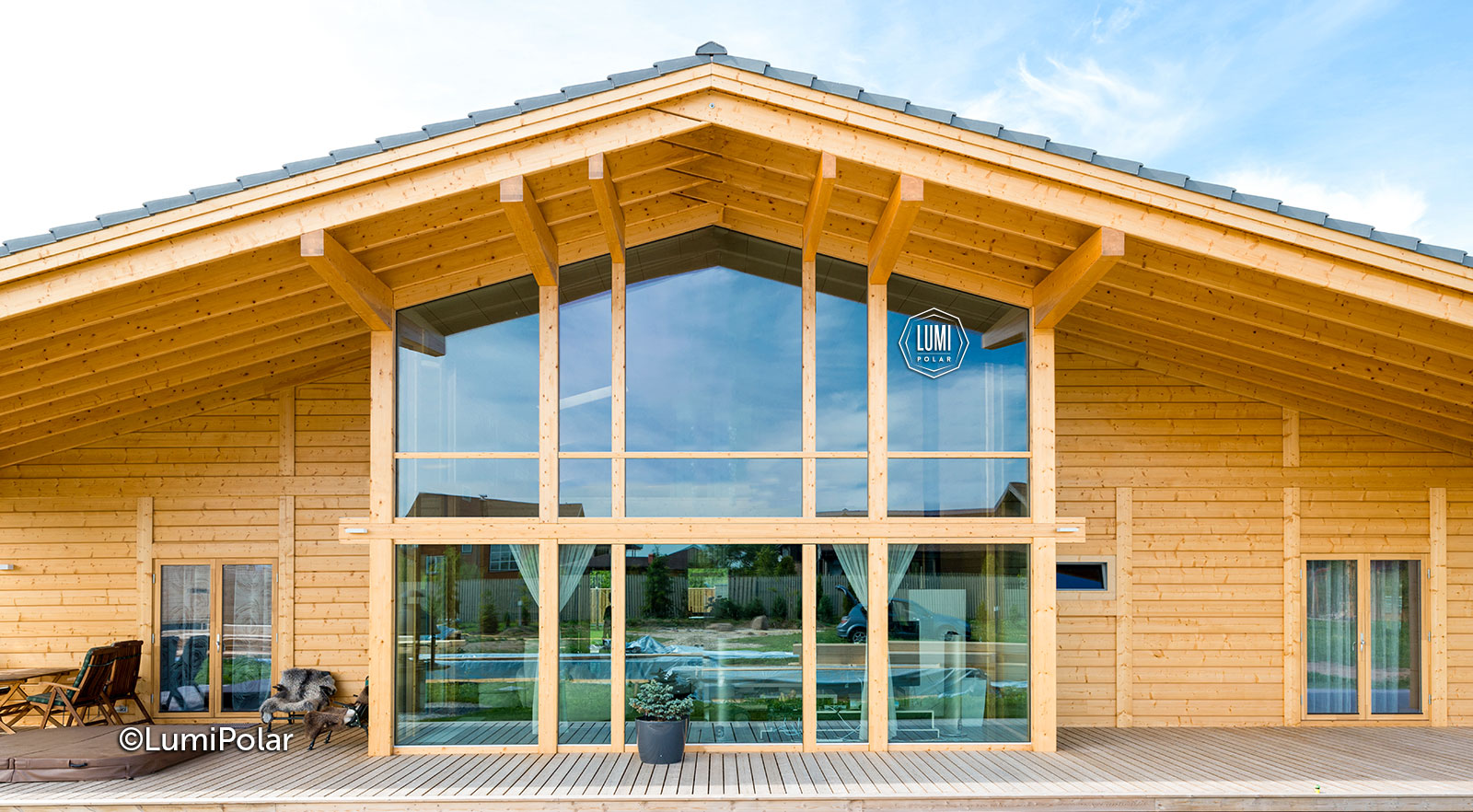
The experts came to the conclusion
The reasons for the huge costs of maintaining the house are not so much in the insulation, but in the wrong design. Architects are obliged to rationally use energy resources in the living space and strongly recommend customers to thoroughly check all projects.
If projects are made at a low professional level or functionally do not "work", the energy-saving house is not considered!
The unconditional obligation of the architect
In order to avoid errors, the location of the house on the site, the projects of the house, the Foundation and utilities - should be calculated in detail and linked, because these components "work" on energy saving only in the complex.
The best views from the Windows, taking into account the landscape and all energy-saving factors - depend only on the level of qualification of the architect and his experience.
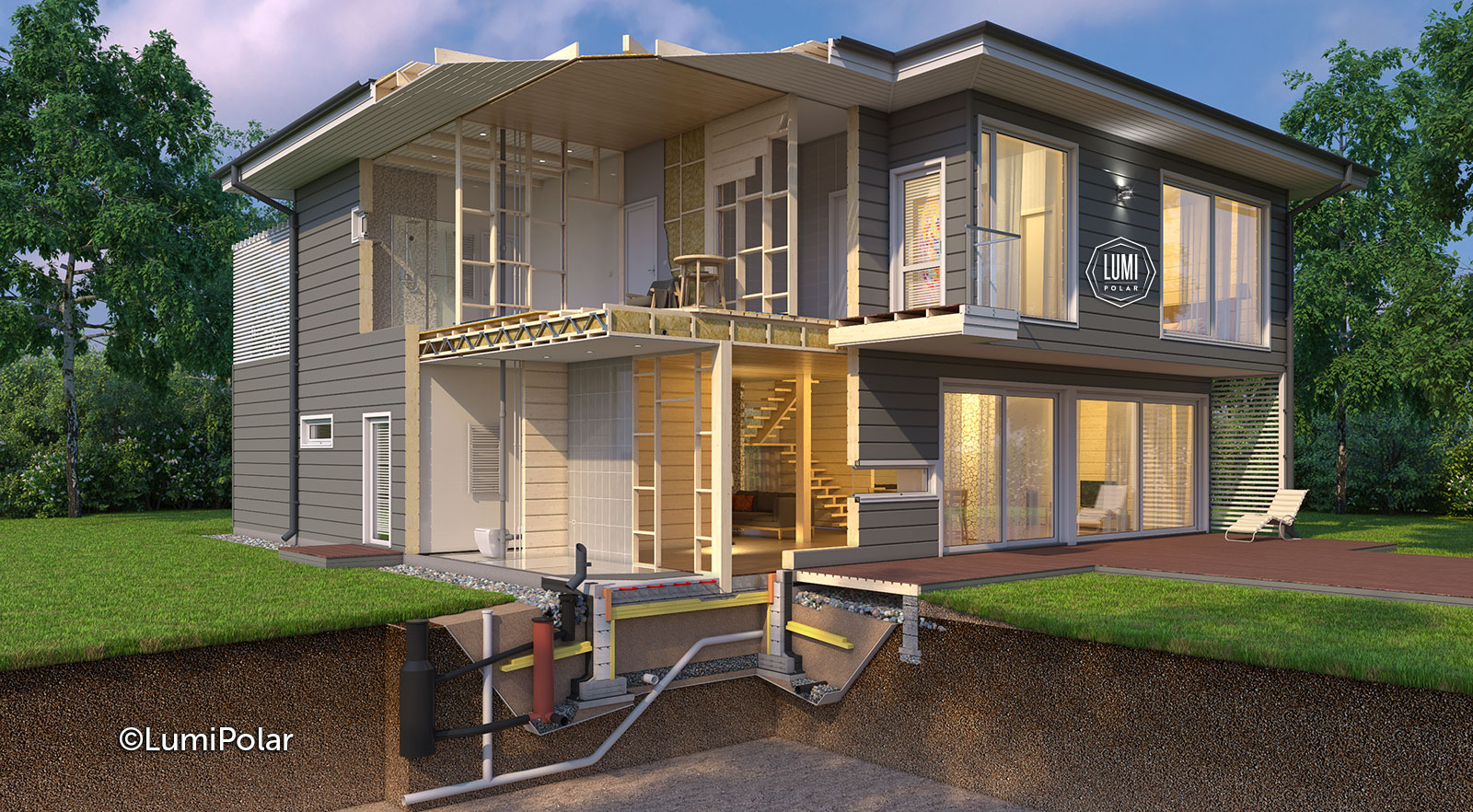
The main factors of energy saving, which are taken into account in the construction of houses from any building materials
- Correct orientation of the house to the cardinal points. Axis deviation of more than 20 degrees - for energy efficiency at home - critical
- The accuracy of the calculation of architectural forms
- Detailed design of window elements and their binding to the house structure
- Clear designs of underground planes, Foundation walls and ground floor
- Proper insulation of the roof and Foundation
- Systematic engineering solutions with the calculation of the appropriate equipment
- Supply and exhaust ventilation with heat recovery
- THE MAIN THING IS THE ROOF! From the literacy design the shape of the roof, proper installation and insulation mostly depends on the energy efficiency of the house (the heat goes not awry, but directly up)
- Maximum use in places of joints and fastenings of wooden elements-intermediaries due to the fact that in comparison with all other building materials - wood has the highest thermal insulation properties
The main factors of energy saving in the construction of houses made of natural wood
Experts have proved that the concept of eco-friendly = the concept of energy saving, so preference is given to wooden houses.
But this statement works only if in addition to the rules of construction of an energy-saving house, the rules specific to wooden houses are also observed, which our company strictly observes in accordance with the high Finnish standards of construction of energy-saving wooden houses.

Energy saving houses Lumi Polar above the average by 60%!
As a Finnish company – we build houses according to Finnish norms and standards, taking into account all the rules of energy saving. Basic rule:
- Based on Finnish shadow design. The house is correctly located on the plot on the cardinal points, taking into account the wind rose, landscape features, neighboring territories. The interior is filled with light as much as possible – we design according to the movement of the sun. There should be no dark corners in the house!
- The project itself is carried out that the house is functionally used every square meter. So you had about the correct design of a basic understanding – our experienced Finnish experts provide on our website tips, explanations, and examples in the section Design
- The most vulnerable parts of the structures are the floor, roof, doors, windows, nodes, joints and corners, so that the house doesn’t have cracks or bridges of cold, all the details of the houses are highly modeled, sawed down to hundredths of a mm (the most advanced in Finland robotic production – KUKA ROBOT )
- Seals and insulation are installed in the production, partial installation of the roof in the shops of the plant (limitation – the size of transport), highly qualified European teams (or trained in the Finnish production of Russian teams), careful docking of all structures taking into account the cardinal points - the walls of the house in the North/South with the calculation of shrinkage, etc.
- These main factors, as well as 80% of the readiness of the house in the production in Finland (including all the auxiliary elements, up to a reliable European fasteners for the whole house) – provide the perfect tightness of structures – tightness of houses Lumi Polar 100%!
- We use only natural materials: Finnish wood of the highest grades A and B. Our high-quality houses are not processed by any means of protection, because they all contain large amounts of chemical. substances - read more about the treatment of houses on our website in the section « Answers to all your questions»
- In a bar environmentally friendly Swiss glue and all other eco-components, including paints, etc. – environmentally friendly houses 100%!
- Do not use a windscreen made of polymer materials instead used the parchment ecotality on the basis that "breathes". This does not allow moisture to remain inside the walls, which eventually contributes to their deterioration or the emergence of a very dangerous substance for health – mold. For example, in Finland, when the mold house demolished immediately, because it is useless to fight.
- To through the floor didn’t leave the precious heat of the house, the Foundation plate is insulated by Finnish standards insulation thickness of 400 mm (not 200 mm). Plus, according to the rules of Finnish enterprises – the construction of the house includes: drainage, stormwater drainage, dumping, etc.
- In accordance with the new European requirements roof insulation 400-500 mm (not 150-200 mm)
Windows – the main component of an energy-saving house!
- We use Finnish energy-efficient Windows .The butt wood is the lower part of the trunk is the hard. Wood without knots and only radial cut!
- Perfect fit of double-glazed Windows, unique box fasteners
- The newest system of seals, thermal conductivity less than 0.9 kilowatt per square meter - no heat!
Do not use plastic Windows. For example, in Finland is prohibited by law. Harmful to health, cold, great heat loss - huge heating costs.
Read our «Assemblage» section on the site – you will learn a lot of simple useful information that You (with whoever You build) – will be useful in any way! Our site was written by Finnish experts, and the Finns in the field of suburban design and low-rise construction, as you know, there are no competitors in the world.
Selection of technical equipment to equip the house
- In Finland, for example, we use heat pump systems in 70% of private houses, which use soil or groundwater as energy sources.
The heat pump draws positive energy from the earth's interior and heats the house with it.
Non-freezing liquid (a mixture of glycol and water), which received heat from the land collector, well or groundwater, is piped to the heat pump, where its temperature decreases, and the heat is used to heat the house and prepare hot water. Then the cooled liquid is returned back, where it takes the heat again
- Modern lamps based on LED technology are used for lighting. They consume 90 % less electricity than incandescent lamps – this is a significant savings in electricity production
- Real-time electric meter, where you can see the energy consumption at the moment and therefore can control its consumption, preserving the environment
- Heat pumps with heat recovery of ventilated air, which uses excess energy - ecosystem. When using a heat pump to heat the air, energy savings of up to 80% are achieved!
Fresh air from the streets enters the room through the ventilation holes, and warm internal air is removed from the premises through the heat pump heat exchanger installed in the system
- The resulting heat energy is used for the production of hot water and ventilation, as well as heat recovery. When the cycle is complete, the air is taken outside.
This energy recovery ensures a healthy and economical way of heating, saves heat energy and reduces your costs
- Compared to other heat systems, air/water heat pumps reduce energy consumption for heating by 50%, i.e. process heat energy concentrated in the air.
- Installed outside, these heat pumps transform the radiator system into an economic and environmental heating system. The pump operates on the same principle as any refrigerator, i.e. using a steam compression cycle
- Each room has its own remote control (thermostat) to regulate heating or cooling air, which saves energy consumption in each room.
To save electricity, you can ”control the light” in each room, in some rooms the light can be turned on and off automatically
- Fireplace with wood – it is also an environmentally friendly source of energy. In winter, they can heat the house and use its exhaust gases passing through the pipe as heating energy for the premises.
The fireplace is also equipped with a water tank, which is heated during the fireplace and is used for heating the house
- Eco home appliances are special product line of some manufacturers, which consumes significantly less electricity than conventional appliances
- In windy areas, “mini windmills” are used in the form of cylindrical turbines that are installed on the roof of a house. "Windmills" charge the battery, from which you can light the whole house
- Solar panels in the construction of wooden houses in Moscow / the construction of wooden houses in St. Petersburg are not used as often because they are not justified: the high price of technology and few sunny days
Carbon footprin
When we buy things, we leave a ”carbon footprint” in the atmosphere and become responsible for the flow of a certain amount of carbon dioxide into the atmosphere that occurs during their production.
The environment is also polluted by enterprises that produce building materials for all types of houses. The only exceptions are manufacturers of natural wood and other natural materials
